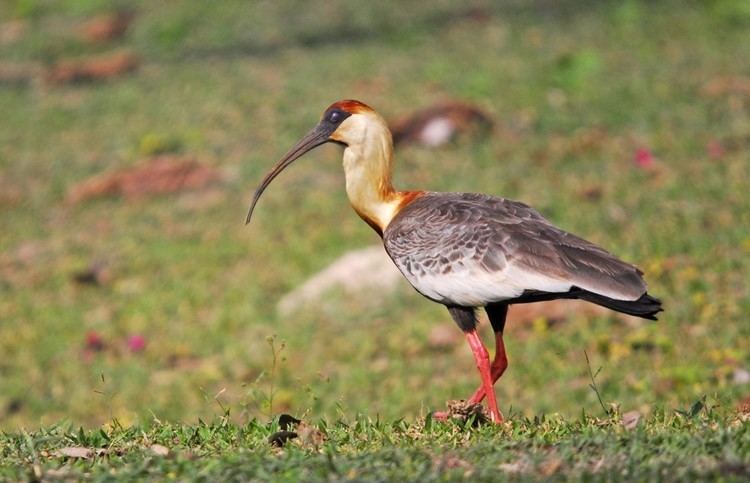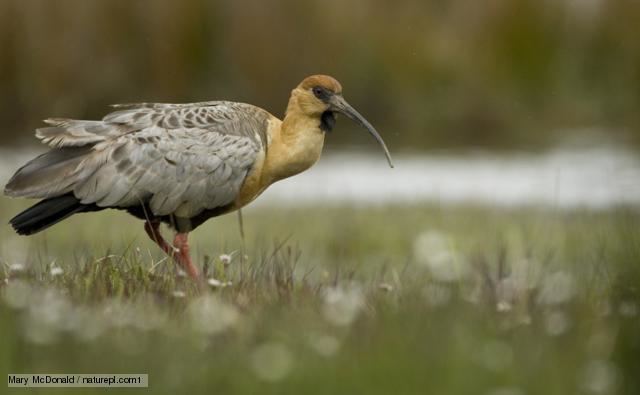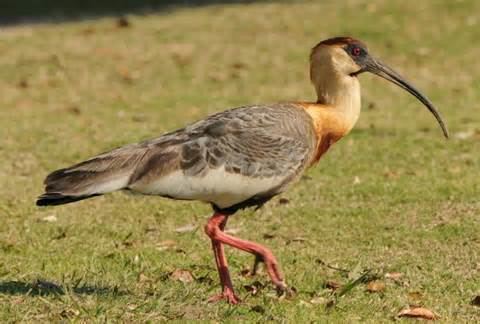Phylum Chordata Scientific name Theristicus caudatus Rank Species | ||
 | ||
Similar Theristicus, Bird, Black‑faced ibis, Plumbeous ibis, Bare‑faced ibis | ||
Ibis buff necked ibis of grasslands birds theristicus caudatus fauna
The buff-necked ibis (Theristicus caudatus), also known as the white-throated ibis, is a fairly large ibis found widely in open habitats of eastern and northern South America. It formerly included the similar black-faced ibis as a subspecies, but that species is almost entirely restricted to colder parts of South America, has a buff (not dark grey) lower chest, and lacks the contrasting large white wing-patches.
Contents
- Ibis buff necked ibis of grasslands birds theristicus caudatus fauna
- Buff necked ibis curicaca theristicus caudatus
- Description
- Habitat and status
- Behavior
- References

Buff necked ibis curicaca theristicus caudatus
Description

It has a total length of approximately 75 centimetres (30 in). The neck is buffish, the upperparts are grey, the belly and flight feathers are black, and there is a large white patch in the wings. In flight, where the relatively short legs do not extend beyond the tail (unlike e.g. Eudocimus and Plegadis), the white patch forms a broad white band on the upperwing that separates the black remiges and the grey lesser wing-coverts. The bill and bare skin around the eyes are blackish and the legs are red.
Habitat and status

The buff-necked ibis lives in a wide range of open habitats, including fields, marshes, savanna and grassland. There are two primary populations; the nominate subspecies is found across northern and central South America in Colombia, Venezuela, the Guianas and Brazil, while the very similar subspecies hyperorius is found in south-central South America in southern Brazil, eastern and northern Bolivia, Paraguay, Uruguay, and northern Argentina. It is almost entirely restricted to tropical and warmer subtropical lowlands, but very locally it extends into highlands (though never as high as the Andean ibis). It is almost entirely resident, although local movements may occur. It has been recorded as an accidental visitor in Panama.

With a large range and an estimated population of 25,000 to 100,000, the buff-necked ibis is evaluated as Least Concern on the IUCN Red List of Threatened Species.
Behavior

Its diet consists mainly of insects, spiders, frogs, reptiles, snails, invertebrates and small mammals found in soft soils. The female usually lays two to four eggs in a platform nest, made from twigs and branches, in a tree.

